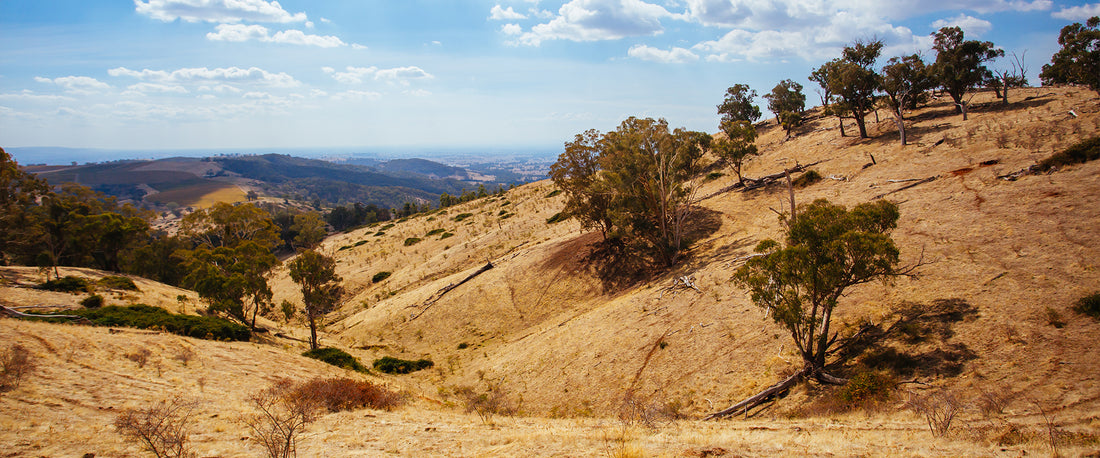Kangaroo meat is not farmed but instead, is sourced from the natural environment and a habitat that’s free from human intervention, antibiotics, added growth hormones, or chemicals, which makes roo meat both free range and ostensibly organic. It’s also sustainable.
With an over-population of kangaroos in Australia – and an estimated 14.5 million in NSW alone – the roo’s food source is in short supply. This means that Australia’s native biodiversity is under threat.
Modern farming techniques, land clearing and the introduction of cereal crops have upset the balance of kangaroos’ natural food sources and grazing habits, which has seen an increase in roo numbers, but a decrease in their access to reliable, year-round food sources. All this is heightened by ongoing environmental conditions such as drought and floods.
However, sustainable harvesting of kangaroos for human consumption can assist with population control and keeps existing animals healthy.
Keeping humans healthy too.
Kangaroos are naturally very active animals that graze on native foliage. This means that they produce lean, high-quality meat that provides us with an abundance of energy.
John Read, a leading Australian ecologist, suggests that ethically harvesting kangaroos while they are healthy, rather than targeting sick kangaroos, is the better solution.
This is supported by the Australian Government’s highly regulated annual culling quota, designed to ensure a sustainable kangaroo population based on assessing current roo population and seasonal conditions. Wild-sourced kangaroo meat is then the natural by-product of this important management process.
With its high nutritional value, free-range organic habitat, affordable cost, and carefully monitored sustainability, roo is fast becoming the preferred lean meat for Australia’s healthy and environmentally-conscious kitchens.









